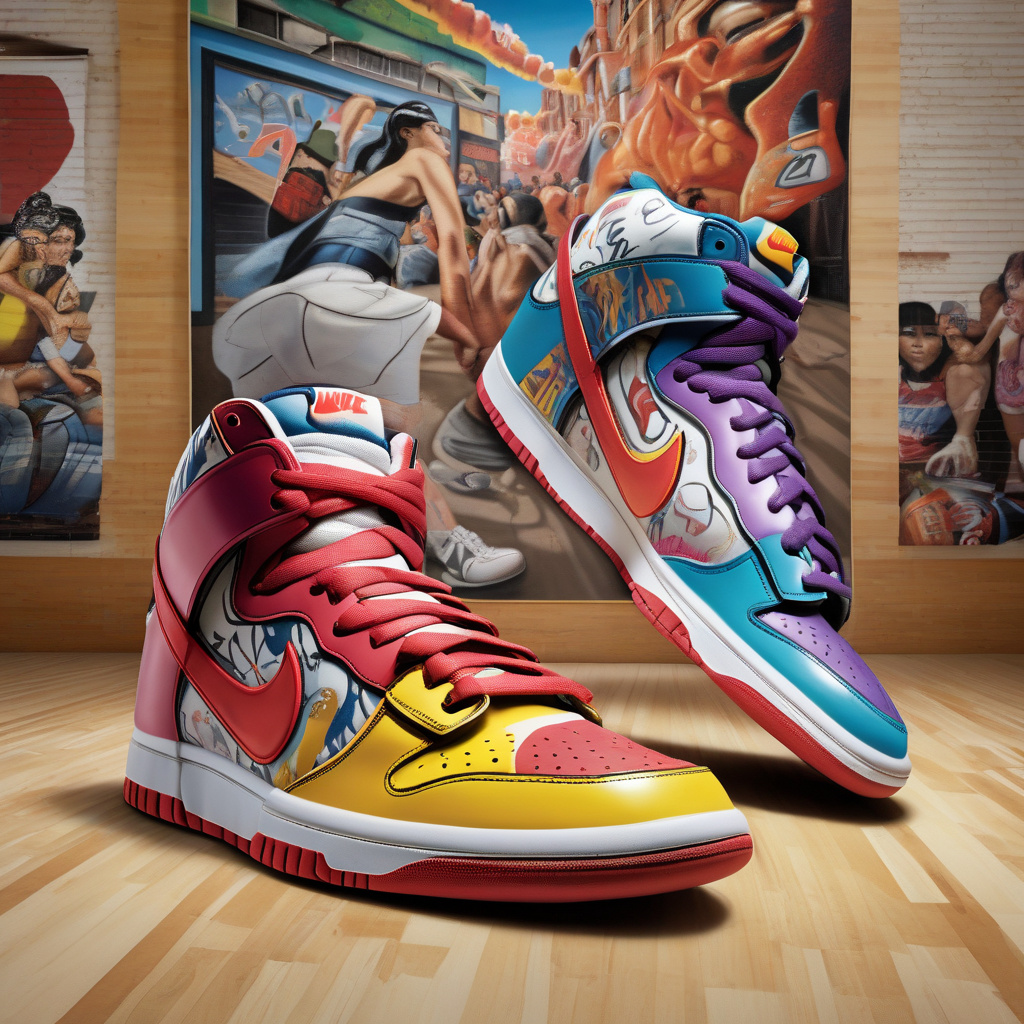The Decline of Nike Dunk: How a Once Iconic Sneaker Is Losing Its Shine
In the world of sneakers, few styles have enjoyed the enduring popularity and cultural impact of the Nike Dunk. Originally introduced in 1985 as a basketball shoe, the Dunk quickly transcended its athletic origins to become a fashion staple, beloved by sneakerheads, athletes, and streetwear enthusiasts alike. With its classic silhouette and endless array of colorways and collaborations, the Dunk has long been a symbol of style and status.
However, recent developments suggest that the heyday of the Nike Dunk may be coming to an end. Sales of the iconic sneaker are projected to plummet by a staggering 70 percent over the next two years, a sharp decline that has sent shockwaves through the sneaker community. This dramatic shift in fortunes can be attributed to the strategic vision of Nike’s new CEO, Elliott Hill.
Hill, who took the reins as CEO earlier this year, has wasted no time in implementing sweeping changes to Nike’s product lineup. One of his key initiatives has been to scale back production of classic sneakers like the Dunk in order to make room for new designs and innovations. This decision marks a departure from the approach taken by Hill’s predecessor, who favored a more conservative strategy of maintaining a steady supply of popular styles.
By reducing the availability of iconic sneakers like the Dunk, Hill hopes to address Nike’s longstanding inventory issues. For years, the sportswear giant has struggled to strike the right balance between supply and demand, often either underestimating or overestimating consumer interest in certain styles. This has led to issues such as excess inventory languishing on shelves or coveted designs selling out too quickly, frustrating both customers and retailers.
In reviving Nike’s traditional strategy of scarcity, Hill aims to create a sense of urgency and exclusivity around the brand’s products. By carefully controlling the supply of sought-after styles like the Dunk, Nike can generate buzz and excitement among consumers, driving up demand and fueling sales. This approach has proven successful in the past, with limited-edition releases and collaborations consistently drawing long lines and online sellouts.
While the decision to scale back production of the Nike Dunk may come as a disappointment to fans of the iconic sneaker, it is ultimately a strategic move designed to ensure the long-term success of the brand. By making way for new designs and innovations, Nike can stay ahead of the curve and continue to captivate consumers with fresh, exciting offerings. The Dunk may be fading from the spotlight for now, but Nike’s future is as bright as ever.
As sneaker culture continues to evolve and adapt to changing trends, it is clear that Nike remains a dominant force in the industry. With its commitment to innovation, quality, and style, the brand is poised to maintain its position as a global leader in sportswear and street fashion. While the Nike Dunk may be taking a back seat for the time being, one thing is certain: the swoosh will always be synonymous with excellence and innovation.
Nike Dunk, Sneaker, Fashion, Innovation, Sales Trends












